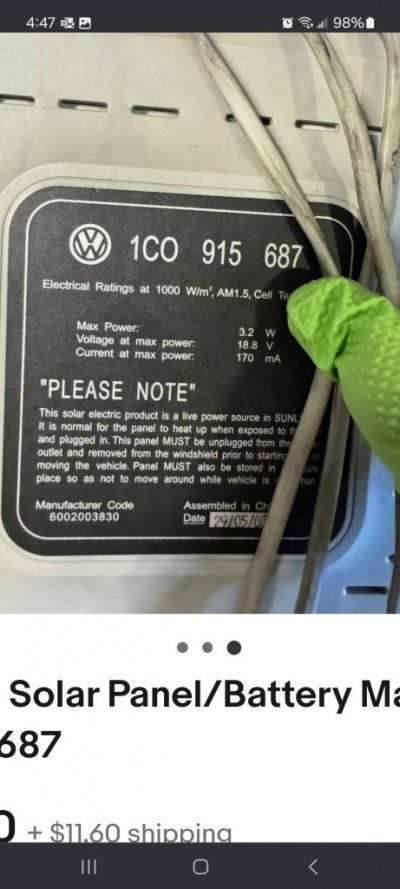Grit,
I looked and I actually have a PAC200 - which actually just connects the two bat + so basically parallel. My concern is that my research indicates this means both batteries will equalize and constantly do so, so they will wear down prematurely.
Old theory is both batteries need to be the same age,CCA, etc - but with the newer Cyrix type intelligent isolators it seems like maybe they can be completely different.
My use would be having the aux batt for camping, off grid power needs, and tailgating type stuff. Current battery is bad so if I need them to be the same, need to buy two now - otherwise I could just do the one and add a second later if the newer isolator technology keeps em separated better.
Ok, separating questions here, irrespective of charging/maintaining, regarding combining batteries or isolating them, you want to isolate them as a start battery and house battery.
That’s fine. That pac200 will do that but says it won’t isolate the batteries until 11.6v by its description yet isolates with essentially less than charging voyage by the install document. Guessing a typo and it’s fine for your application because an isolator that waits til a battery is almost dead to unlatch is useless. It is fine for your purposes. I’d use it if that’s what I had in hand. No problem.
Now back to the maintainer question, that depends on frequency of use and parasitic draw from the vehicle, either intended draws or unintended. An old squarebody should have zero intended draws, save for aftermarket components with “memories” like a digital stereo. (Or if you have the last working OE clock in existence, lol!)
So assuming you’re not putting a band-aid on it for unintended parasitic draws, a maintainer is not “really” required unless your letting it sit for idk, pick a number, 6 mo or longer? Typical lead acid batteries lose about 3%/month. A simple knife disconnect on the start battery is cheap and will kill any parasitic draws and your batteries could sit a year or more and still start the truck all things being equal.
I guess if your truck is not parked in the shade and sits out 24-7-365, solar is a good option. With zero parasitic draw, a small 7-10W solar will do the trick. If you’re building this to work around something that’s actively drawing on the the battery(s) then a typical small maintainer like that may not keep them at 100%.
But it’s reasonable to want “topped off” batteries so if your isolator is working and you wire the solar charger to either battery, it should/will trigger the isolator as long as the charger/maintainer puts out over 13.8v (according to PAC). It’s just a bit more clunky and more parts imo than some of the other 1 piece voltage sensing combiners. But you do get a cool little monitor to look at.



